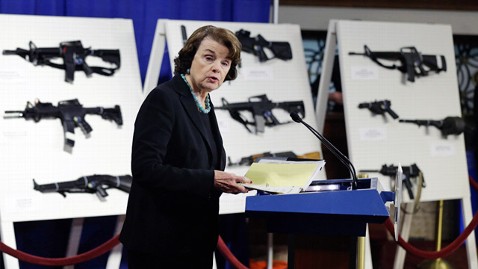Apple has stopped doing business with a Chinese manufacturer after a report said it had employed 74 underage workers. According to Apple's Supplier Responsibility Report, which was released by the company Thursday, Guangdong Real Faith Pingzhou Electronics was employing workers under the age of 16.
"Our auditors were dismayed to discover 74 cases of workers under age 16 — a core violation of our Code of Conduct. As a result, we terminated our business relationship with PZ," the company says in the report.
Apple has now lost its spot as the most valuable publicly traded company, one year after it first firmly overtook ExxonMobil. Even though it announced a record number of iPhone and iPad sales in its last quarter earnings, its stock price has fallen over 12 percent.
Apple says it is working hard to improve labor conditions at the factories of its Chinese contractors. It said it also discovered that one of the region's labor agencies had conspired with the manufacturer, providing children to them and helping forge age-verification documents. Apple said in its report that it alerted the provincial government, which fined the agency and suspended its business license.
Apple To Start Making Some Mac Computers in America in 2013
"The children were returned to their families, and PZ was required to pay expenses to facilitate their successful return," Apple says in the report.
In an interview with Bloomberg, Apple's Senior Vice President of Operations, Jeff Williams, said child labor was being used more than companies care to admit. "Most companies, they either don't report on it at all, or they say they look for it and found none, or they obscure the data in some way," Williams told Bloomberg. "If they're not finding it, they're not looking hard enough."
ABC News' Bill Weir visited the factory of Apple's Foxconn supplier last year and did not see any underage workers. "But while we looked hard for the kind of underage and maimed workers we've read so much about, we mostly found people who face their days through soul-crushing boredom and deep fatigue," Weir wrote about his visit.
PHOTOS: Inside Apple's Factories in China
In the 37-page Supplier Responsibility Progress Report, which can be viewed here, Apple said there had been a 72 percent increase in facility audits. According to the report, Apple achieved an average of 92 percent compliance with the goal, for now, of a maximum 60-hour work week.
Apple vowed last year to improve working conditions at its manufacturing facilities in China, vowing to work specifically on reducing working hours for Chinese workers. In March 2012, the Fair Labor Association released a report on the poor conditions at Apple's Foxconn supplier. The organization gave a long list of recommendations to Apple and Foxconn, and both Apple and Foxconn agreed to follow them.
In August, the FLA said that that Foxconn had completed 280 action items on time or ahead of schedule. By July 1, 2013, Foxconn has promised to reduce workers' hours to 49 hours per week and stabilize pay -- though the limit is rarely enforced because workers often want to work overtime and make ends meet.
Apple announced in December that it would begin to make some of its Mac computers in America in 2013.











